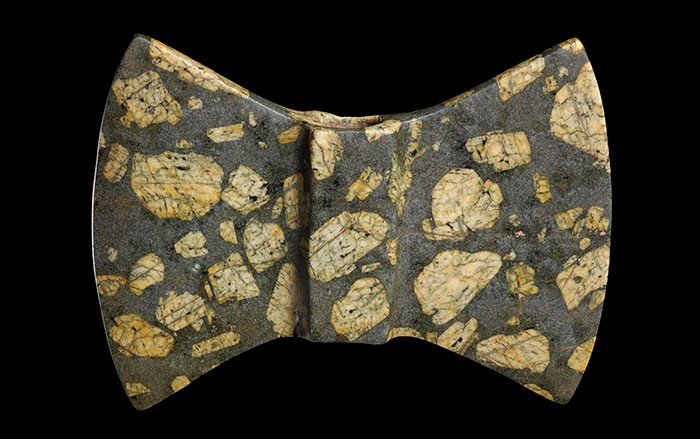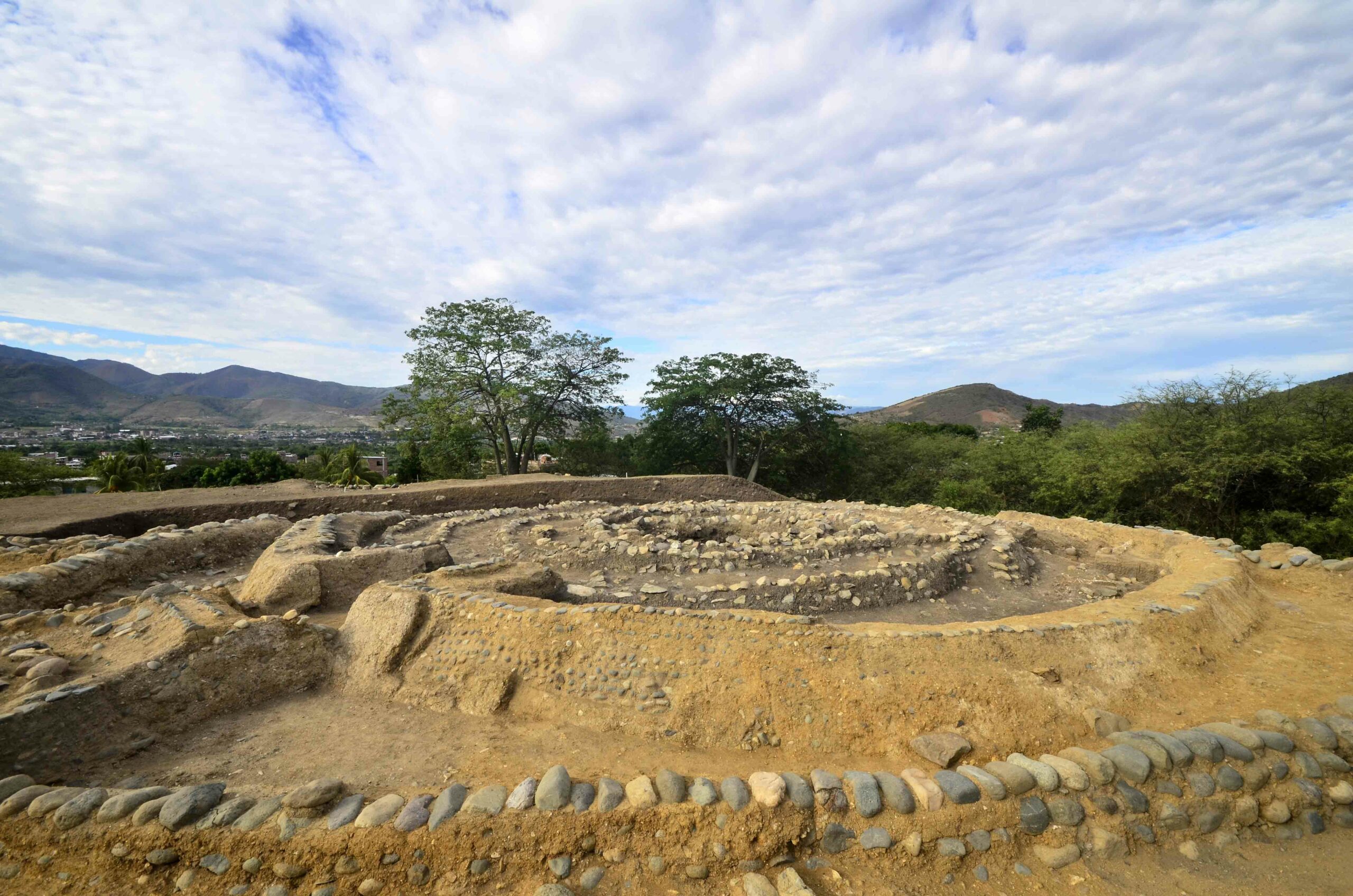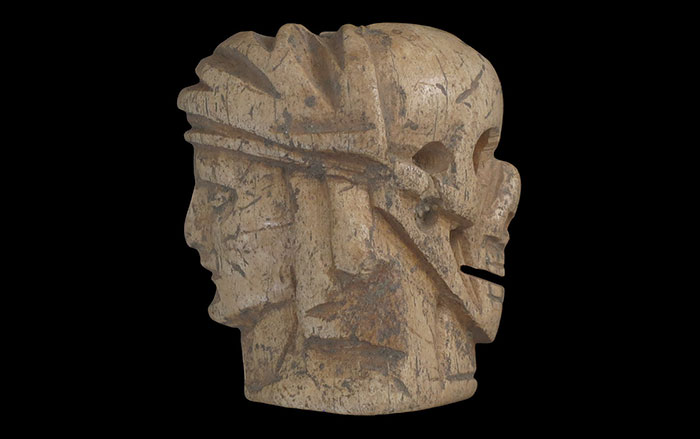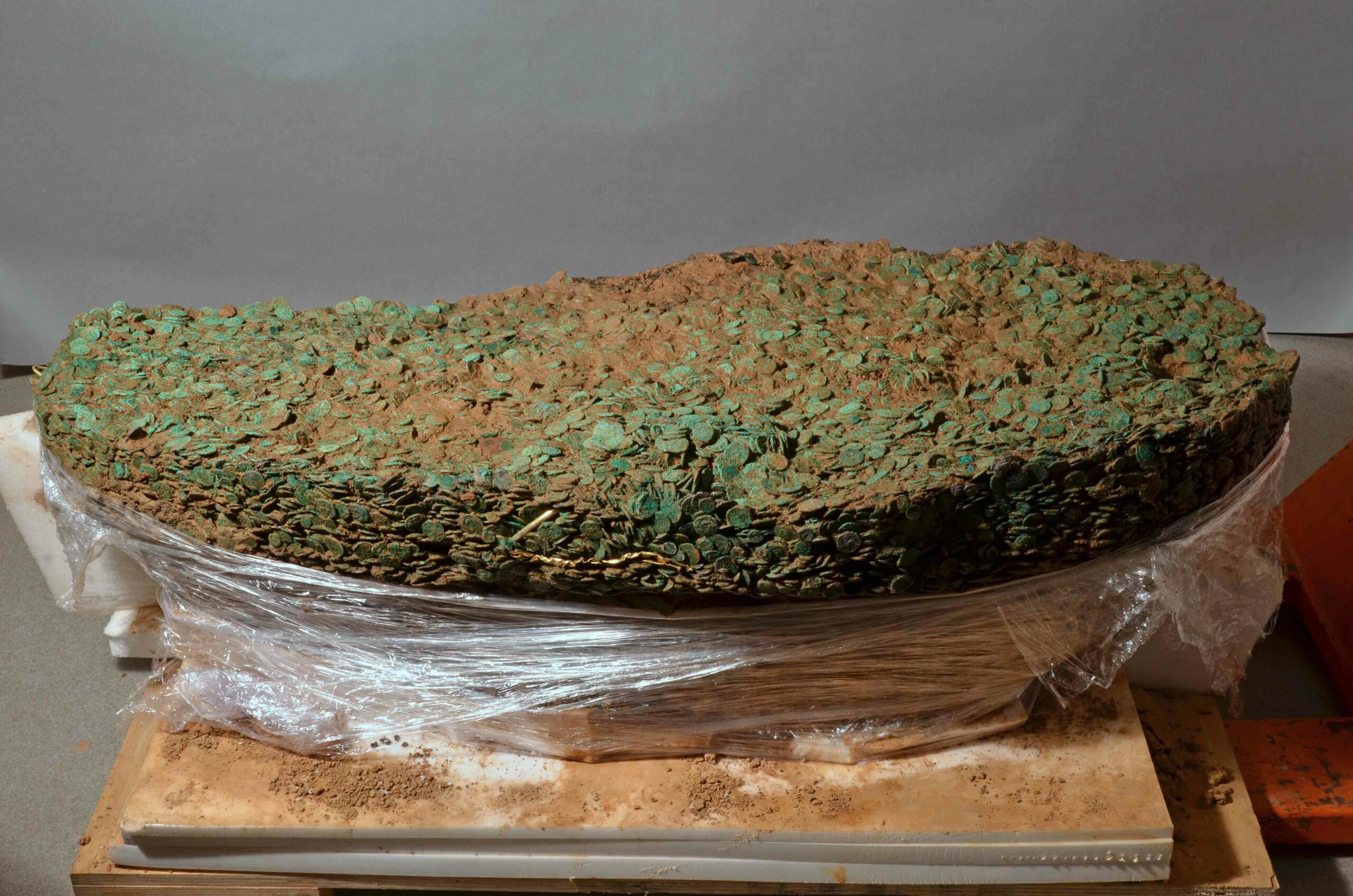
OSLO, NORWAY—Viking fishermen appear to have freeze-dried cod and transported it from the Arctic to Germany hundreds of years earlier than the fish was known to have arrived there, according to a report from New Scientist. Researchers from the University of Oslo and the University of Cambridge compared DNA from four ancient cod samples found at Haithabu, a Viking-era village in what is now northern Germany, with around 170 modern cod samples and concluded that the ancient samples came from the northeast Arctic, close to the northernmost tip of Norway. This means that the Vikings transported the cod some 1,200 miles by boat, which would have taken at least a month. In order to preserve the fish for this length of time, the researchers conclude, they must have freeze-dried the fish by hanging it on wooden racks in the open air after catching it in the winter, which is when cod come close to the Norwegian shore to spawn. This is hundreds of years before the first recorded use of salt to preserve fish in Norway in the 1690s. “The early trade of dried cod, if this is what the bones represent, suggests the emergence of exchange in bulk commodities, not just prestige goods,” says James Barrett of the University of Cambridge. For more, go to “Hoards of the Vikings.”










